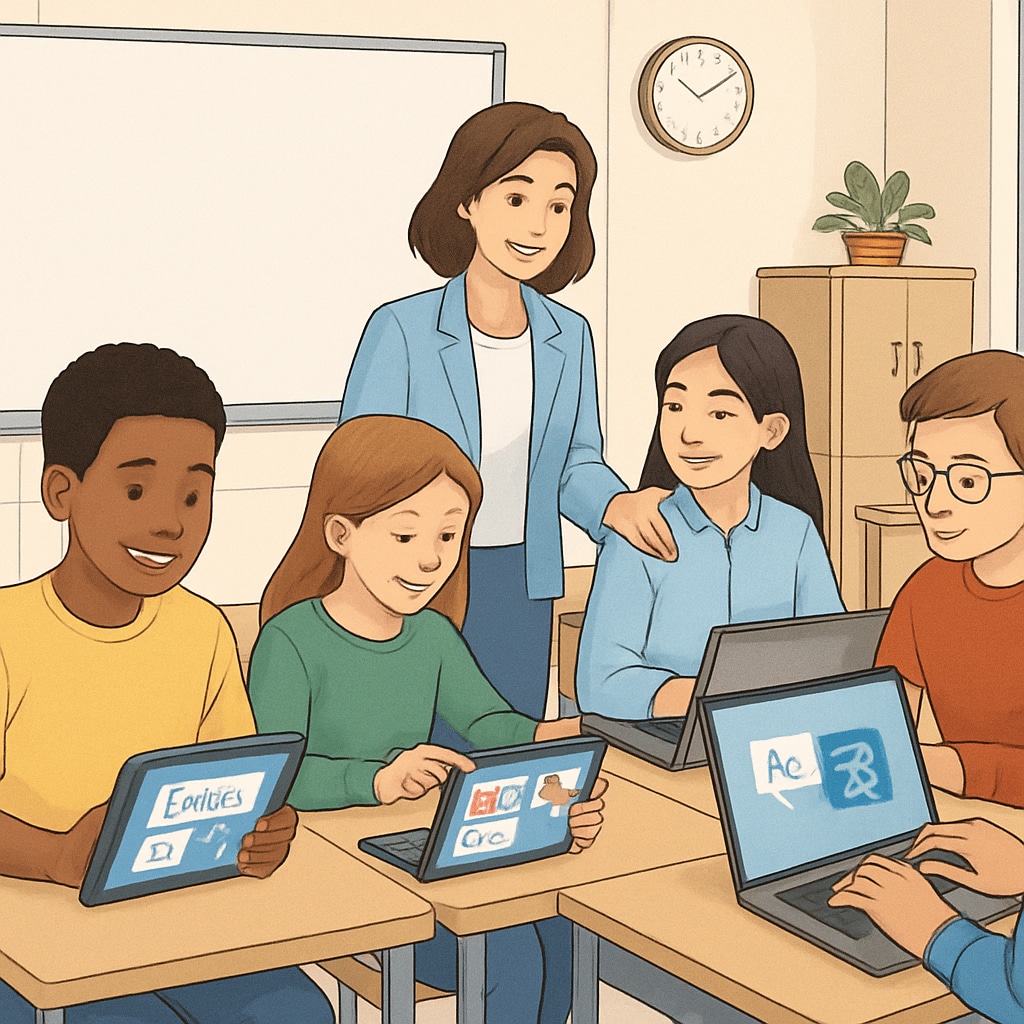The transition from a native language classroom to a foreign language learning environment is a significant step for many high school students, especially those pursuing study abroad opportunities. This process, often referred to as “language transformation,” presents unique challenges that span cognitive, methodological, and psychological domains. Understanding these hurdles and adopting effective strategies can help students achieve academic success in their new linguistic and cultural settings.
Cognitive Barriers in Language Transformation
One of the most immediate challenges students face is the cognitive shift required to think and learn in a foreign language. This shift involves adapting to new grammatical structures, vocabulary, and idiomatic expressions that may differ significantly from their native language. For example, English learners transitioning from tonal languages like Mandarin may struggle with stress and intonation patterns, which are critical for effective communication.
Additionally, students may encounter difficulties in comprehending complex academic materials, which often require a higher level of language proficiency. According to research from Second Language Acquisition, this stage of learning can lead to cognitive overload as students attempt to process new information while simultaneously translating it into a language they are still mastering.

Adjusting Learning Strategies for Foreign Language Success
Adapting to a foreign language learning environment often requires a complete overhaul of study habits and learning strategies. In native language classrooms, students rely on pre-existing linguistic intuition and cultural context to grasp new concepts. However, in a foreign language setting, these intuitive tools are less effective.
To counter this, students are encouraged to adopt active learning strategies such as:
- Taking detailed notes in both the foreign language and their native language for better comprehension.
- Engaging in frequent self-testing to reinforce vocabulary and grammar rules.
- Participating in group discussions to improve fluency and confidence.
In addition, leveraging language learning tools like flashcard apps and online language exchange programs can accelerate the adaptation process.

Psychological Adaptation: Overcoming the Emotional Hurdles
The psychological challenges of language transformation are often underestimated. Many students experience feelings of frustration, isolation, or even anxiety when they are unable to express themselves as effectively as they could in their native language. This phenomenon, often referred to as “language shock,” can impact both academic performance and emotional well-being.
To mitigate these effects, students should focus on building a strong support system. This could include forming study groups with peers facing similar challenges, seeking guidance from teachers, or engaging with local communities to practice the language in real-world settings. Additionally, maintaining a growth mindset—viewing mistakes as opportunities to learn—can significantly improve resilience during this transition.
Practical Tips for a Smooth Transition
Here are some actionable tips to help students navigate the complexities of transitioning to a foreign language learning environment:
- Set realistic goals: Break down language learning into manageable milestones, such as mastering basic conversational phrases or understanding specific academic terminology.
- Immerse yourself: Surround yourself with the foreign language through media, such as movies, podcasts, and books, to enhance listening and comprehension skills.
- Seek professional help: Consider enrolling in language preparatory courses or hiring a tutor to address specific weaknesses.
- Track progress: Regularly assess your language skills to identify areas for improvement and celebrate achievements.
For additional insights into language learning strategies, refer to this guide on Language Learning on Britannica.
In conclusion, transitioning from a native language classroom to a foreign language learning environment is undoubtedly challenging, but it is also an opportunity for personal and academic growth. By addressing cognitive, methodological, and psychological barriers with the right strategies, students can not only adapt but thrive in their new academic settings.
Readability guidance: This article uses short paragraphs and clear headings to enhance readability. It incorporates lists to summarize key points and ensures a balanced use of active voice and transition words.


